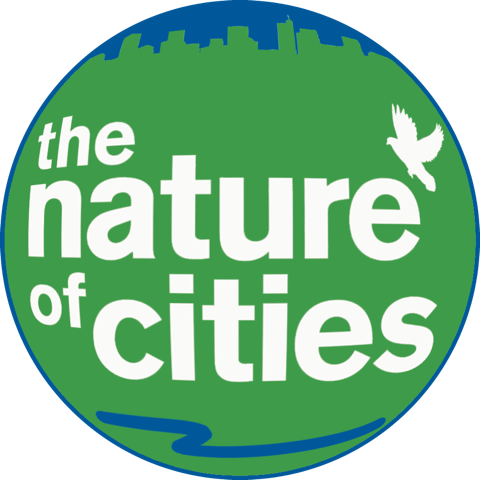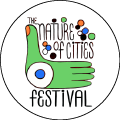2 November 2016
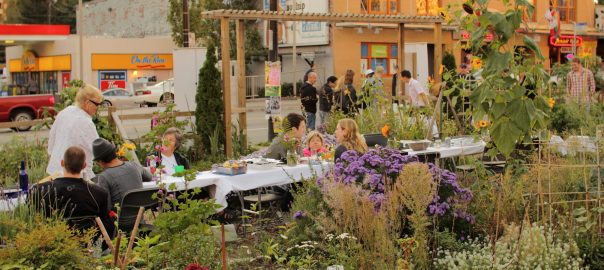
“Urban commons: the goods, tangible, intangible, and digital, that citizens and the Administration, [through] participative and deliberative procedures, recognize to be functional to the individual and collective wellbeing…to share the responsibility with the Administration of their care or regeneration in order to improve [their] collective enjoyment” —From Section 2 of...
4 Comment(s)Join our Conversation
24 October 2016
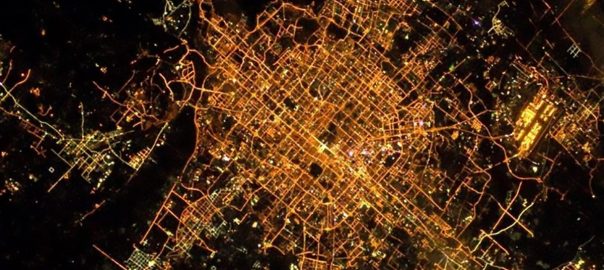
The New Urban Agenda, being adopted at Habitat III, requires a coherent and legible global urban scientific community to provide expertise to direct and assess progress on urban sustainability transformations. As we have commented in Nature’s special section on Habitat III, the urban research community is currently institutionally marginalized and...
1 Comment(s)Join our Conversation
20 October 2016

I live in Stockholm, Sweden. I enjoy talking walks in the autumn, inhaling the scent from degrading debris, kicking around dead leaves, and gazing at the vivid colors. This fall, my baby daughter has often followed me on my walks. Her name is Viola, and she is 4 years old....
2 Comment(s)Join our Conversation
17 October 2016
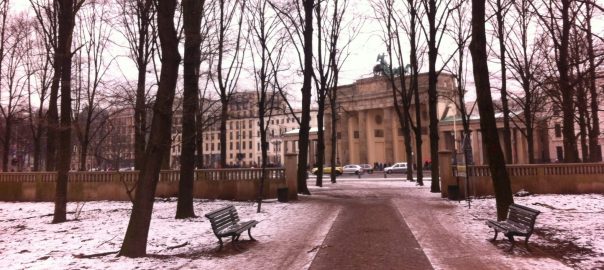
A review of Greening Berlin: The Co-Production of Science, Politics and Urban Nature. By Jens Lachmund. 2013. MIT Press. ISBN: 9780262018593. 320 pages. Buy the book. The overgrown train tracks of Gleisdreieck Park. The community gardens and art installations of Tempelhofer Feld. The flora and fauna of Südgelände Nature Park....
1 Comment(s)Join our Conversation
17 October 2016
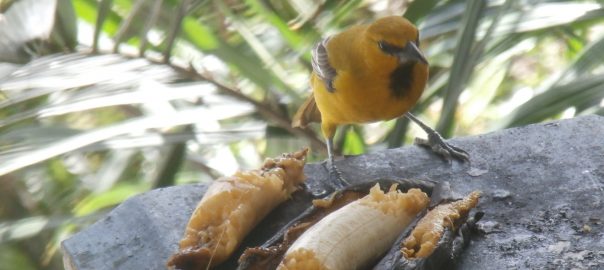
Georgetown, Guyana, is one of the world’s smallest capital cities, a mere six mi.2 according to its official boundaries. The Dutch laid out this city, perched on the northern Atlantic coast of South America, in the 18th century; the British expanded it in the 19th and 20th centuries. Tree-lined avenues,...
32 Comment(s)Join our Conversation
16 October 2016
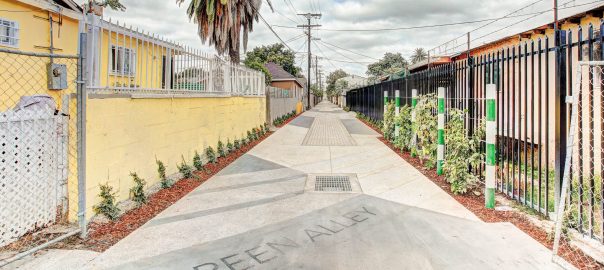
Story Notes: More and more cities throughout the world are turning to parks, gardens, green roofs, and other kinds of “green infrastructure” to soak up storm water and simultaneously create vibrant new patches of open space for their citizens. In this podcast, produced by Philip Silva, we explore three cases of...
0 Comment(s)Join our Conversation
12 October 2016
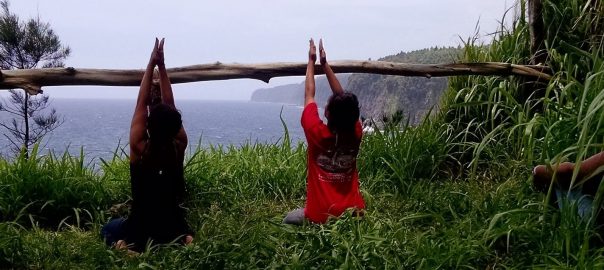
What if urban resource management and conservation reflected not just the politics and science of the day, but were rooted in creation stories, place-name stories, and personal stories about the relationships people have with place? This kind of thinking is at the heart of traditional ways of stewarding the environment...
0 Comment(s)Join our Conversation
11 October 2016
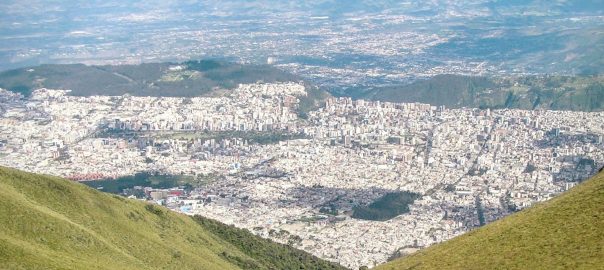
24 Comment(s)
Join our Conversation
5 October 2016
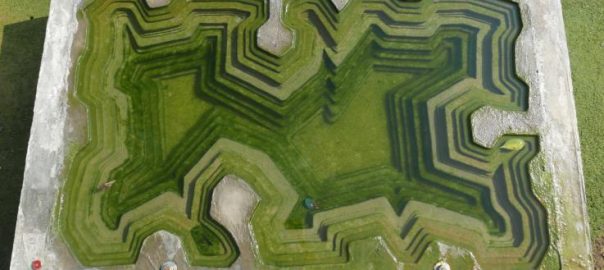
Since the founding of modern Singapore in 1819 by Sir Stamford Raffles, the small island nation has developed from a sleepy fishing village into a modern day metropolis, and has lived up to the adage, “if you build it, they will come”. Particularly over the last eight decades, Singapore’s coastal...
4 Comment(s)Join our Conversation
2 October 2016
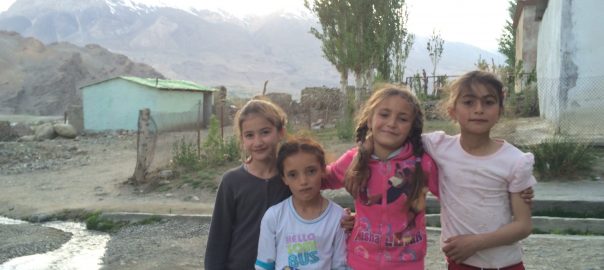
Nilofar* leans over to pour us more tea. All conversations in Central Asia seem to start with tea. She is asking questions about our trip, wondering why we are walking from Bangkok to Barcelona. She wants to know if we have always traveled, how we can afford the trip, if...
0 Comment(s)Join our Conversation
28 September 2016
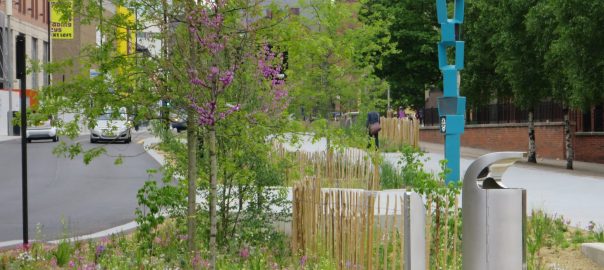
“Cities separate us from nature, do they not?” —Light, 2003 No, they don’t; or at least they don’t have to. The good news: green infrastructure is expanding and gradually softening a proportion of our planet’s increasingly urban surface. It appears we’re on the right track, as recent years have witnessed...
9 Comment(s)Join our Conversation
26 September 2016
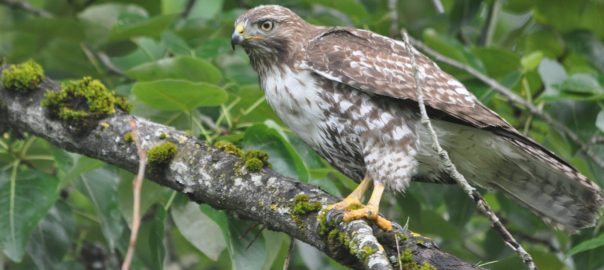
A review of Field Guide to Urban Wildlife: Common Animals of Cities & Suburbs How They Adapt & Thrive by Julie Feinstein. 2011. Stackpole Books. ISBN978-0-8117-0585-1. 453 pages. Buy the book. While it may have set a Guiness record for longest subtitle, Julie Feinstein’s Field Guide to Urban Wildlife caused me to...
2 Comment(s)Join our Conversation
25 September 2016
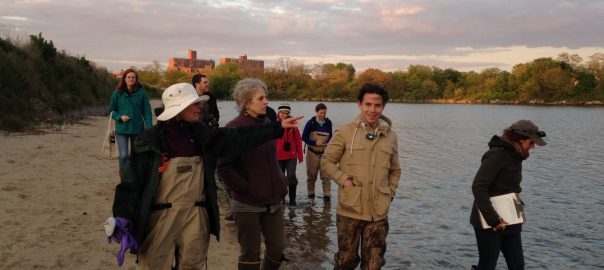
7 Comment(s)
Join our Conversation
25 September 2016

“My husband is in Moscow.” “My son and his wife moved to Moscow a few years ago.” “My brother and sister work in Moscow.” “I want to go to Moscow. I can find a job there, and make more money than here.” We heard all sorts of versions of this...
0 Comment(s)Join our Conversation
21 September 2016
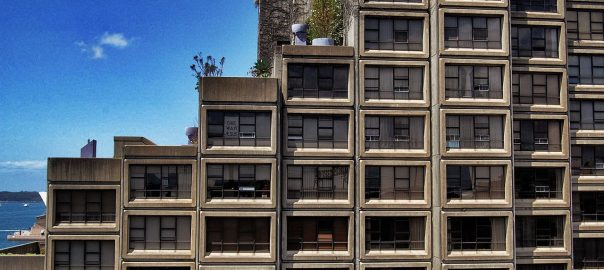
Sydney is in heritage crisis mode. Ancient Aboriginal campsites are being dug-up and destroyed. Low-income residents are being forcibly removed from their long occupied, heritage-listed, city-centre homes and apartments. Magnificent and much-loved trees are being uprooted from their parkland settings. These actions are having emotional affects for individuals and communities,...
1 Comment(s)Join our Conversation
18 September 2016
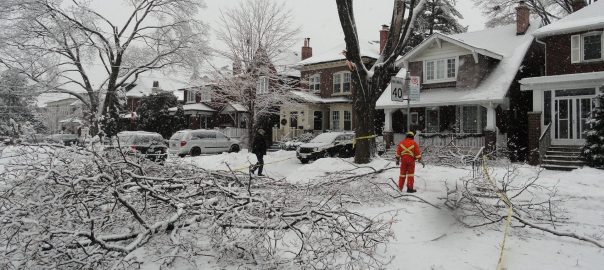
The sustainability of urban ecosystems depends on how we respond to future social, economic, and environmental challenges. From reducing the negative effects of highly engineered infrastructure on the ecological functioning of natural systems in cities, to achieving a more equal provision of ecosystem services in the urban social landscape, each...
6 Comment(s)Join our Conversation
14 September 2016
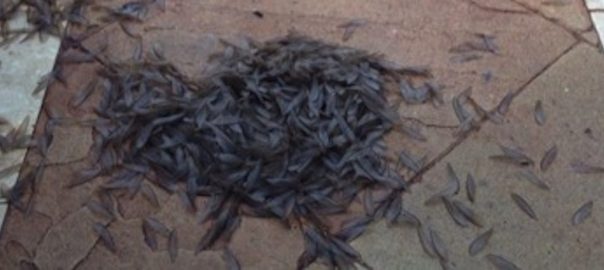
The final night of the European Soccer Cup in July, 2016, brought together some of the world’s greatest sports figures and fans. France, the hosting team, was hoping to ride a wave of wins to capture their third Eurocup title, following successes in 1984 and 2000. But it was not...
2 Comment(s)Join our Conversation
12 September 2016
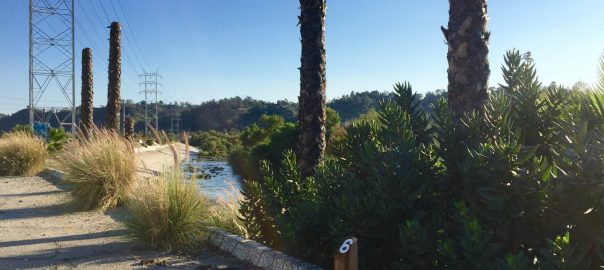
A review of Rosten Woo’s “Bowtie Nature Walk,” available at the Bowtie Parcel on the east side of the Los Angeles River’s Glendale Narrows. A map and tour audio files are available here. A “nature walk” seems like an unlikely activity to find on the industrial banks of the Los...
0 Comment(s)Join our Conversation
11 September 2016
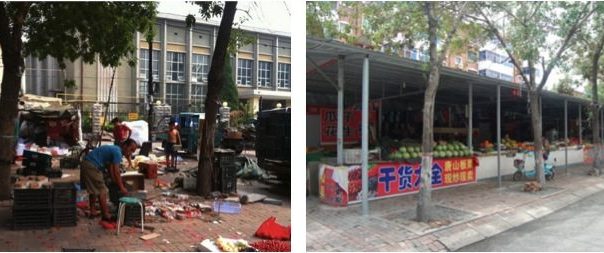
As the world is fighting against climate change, many Chinese cities are now trying to transition towards a low-carbon development pathway. Beijing, the capital city of China, promised to peak its carbon emissions by 2020, an ambitious target that inspires all of its citizens. And the city has actually made...
0 Comment(s)Join our Conversation
11 September 2016
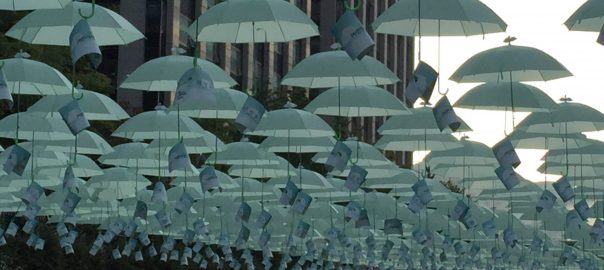
Story Notes: A casual chat on a bus nearly thirty years ago led to the improbable removal of a major elevated highway and the restoration of a beloved river in the old city center of Seoul in South Korea. Dr. Soo Hong Noh, a professor of environmental engineering at Yonsei...
1 Comment(s)Join our Conversation

